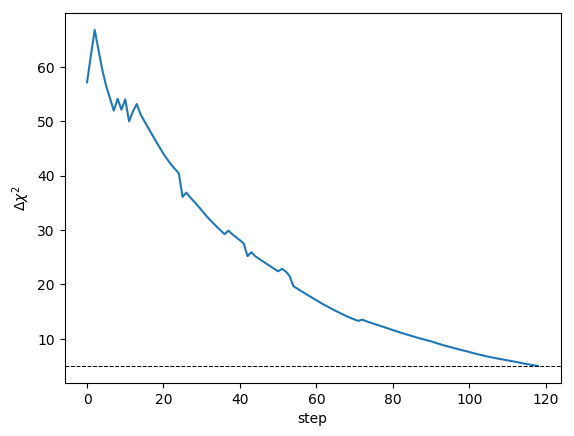Dark Energy Survey Year 1 Results: Constraints on Extended Cosmological Models from Galaxy Clustering and Weak Lensing
We present constraints on extensions of the minimal cosmological models dominated by dark matter and dark energy, $\Lambda$CDM and $w$CDM, by using a combined analysis of galaxy clustering and weak gravitational lensing from the first-year data of the Dark Energy Survey (DES Y1) in combination with external data. We consider four extensions of the minimal dark energy-dominated scenarios: 1) nonzero curvature $\Omega_k$, 2) number of relativistic species $N_{\rm eff}$ different from the standard value of 3.046, 3) time-varying equation-of-state of dark energy described by the parameters $w_0$ and $w_a$ (alternatively quoted by the values at the pivot redshift, $w_p$, and $w_a$), and 4) modified gravity described by the parameters $\mu_0$ and $\Sigma_0$ that modify the metric potentials. We also consider external information from Planck CMB measurements; BAO measurements from SDSS, 6dF, and BOSS; RSD measurements from BOSS; and SNIa information from the Pantheon compilation. Constraints on curvature and the number of relativistic species are dominated by the external data; when these are combined with DES Y1, we find $\Omega_k=0.0020^{+0.0037}_{-0.0032}$ at the 68\% confidence level, and $N_{\rm eff}<3.28\, (3.55)$ at 68\% (95\%) confidence. For the time-varying equation-of-state, we find the pivot value $(w_p, w_a)=(-0.91^{+0.19}_{-0.23}, -0.57^{+0.93}_{-1.11})$ at pivot redshift $z_p=0.27$ from DES alone, and $(w_p, w_a)=(-1.01^{+0.04}_{-0.04}, -0.28^{+0.37}_{-0.48})$ at $z_p=0.20$ from DES Y1 combined with external data; in either case we find no evidence for the temporal variation of the equation of state. For modified gravity, we find the present-day value of the relevant parameters to be $\Sigma_0= 0.43^{+0.28}_{-0.29}$ from DES Y1 alone, and $(\Sigma_0, \mu_0)=(0.06^{+0.08}_{-0.07}, -0.11^{+0.42}_{-0.46})$ from DES Y1 combined with external data, consistent with predictions from GR.
PDF Abstract